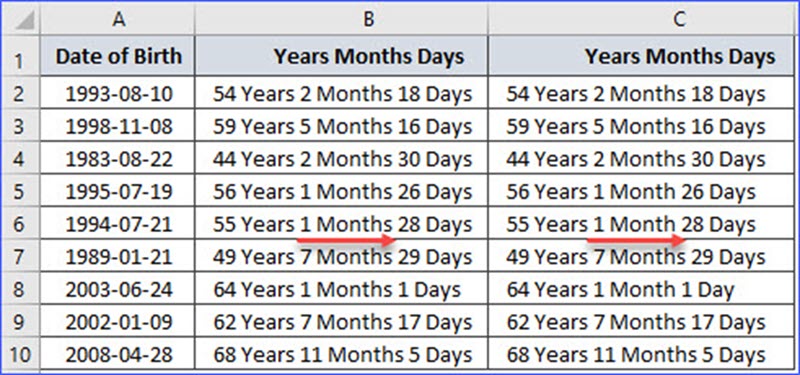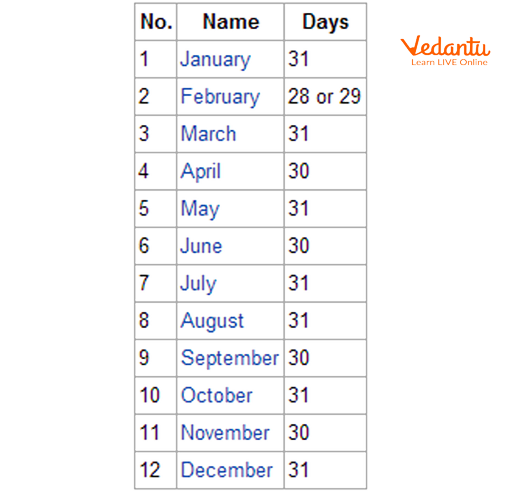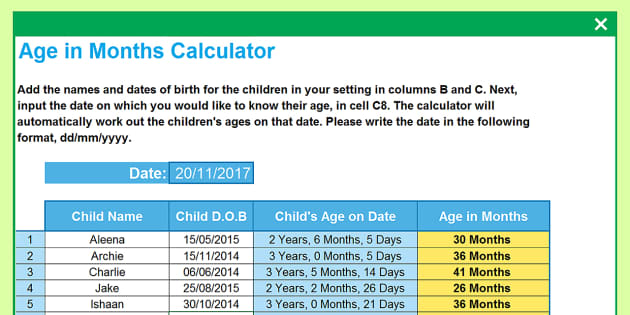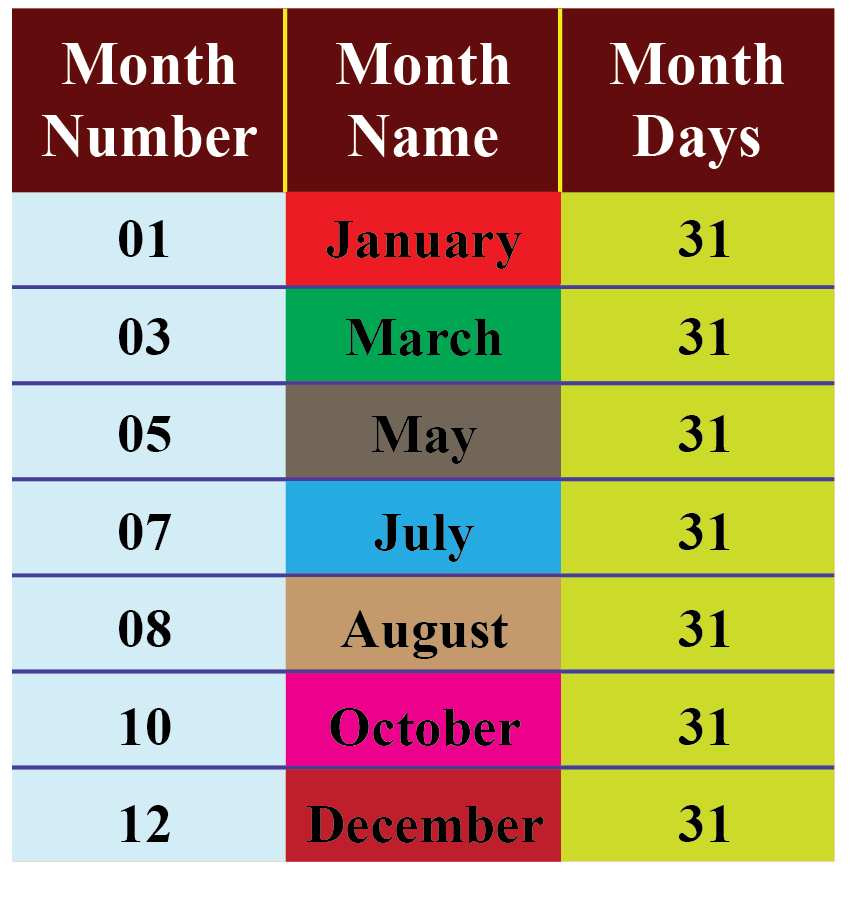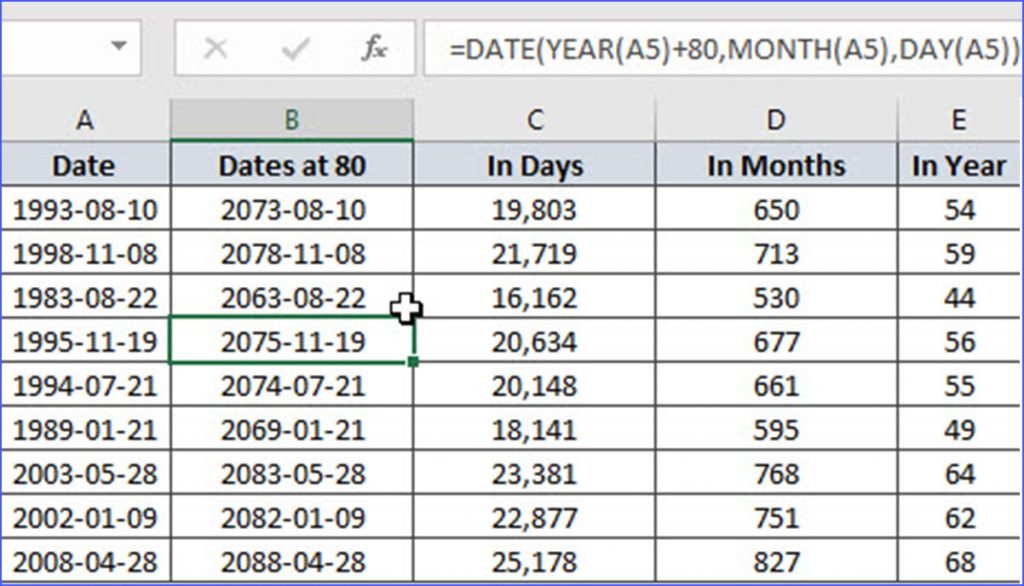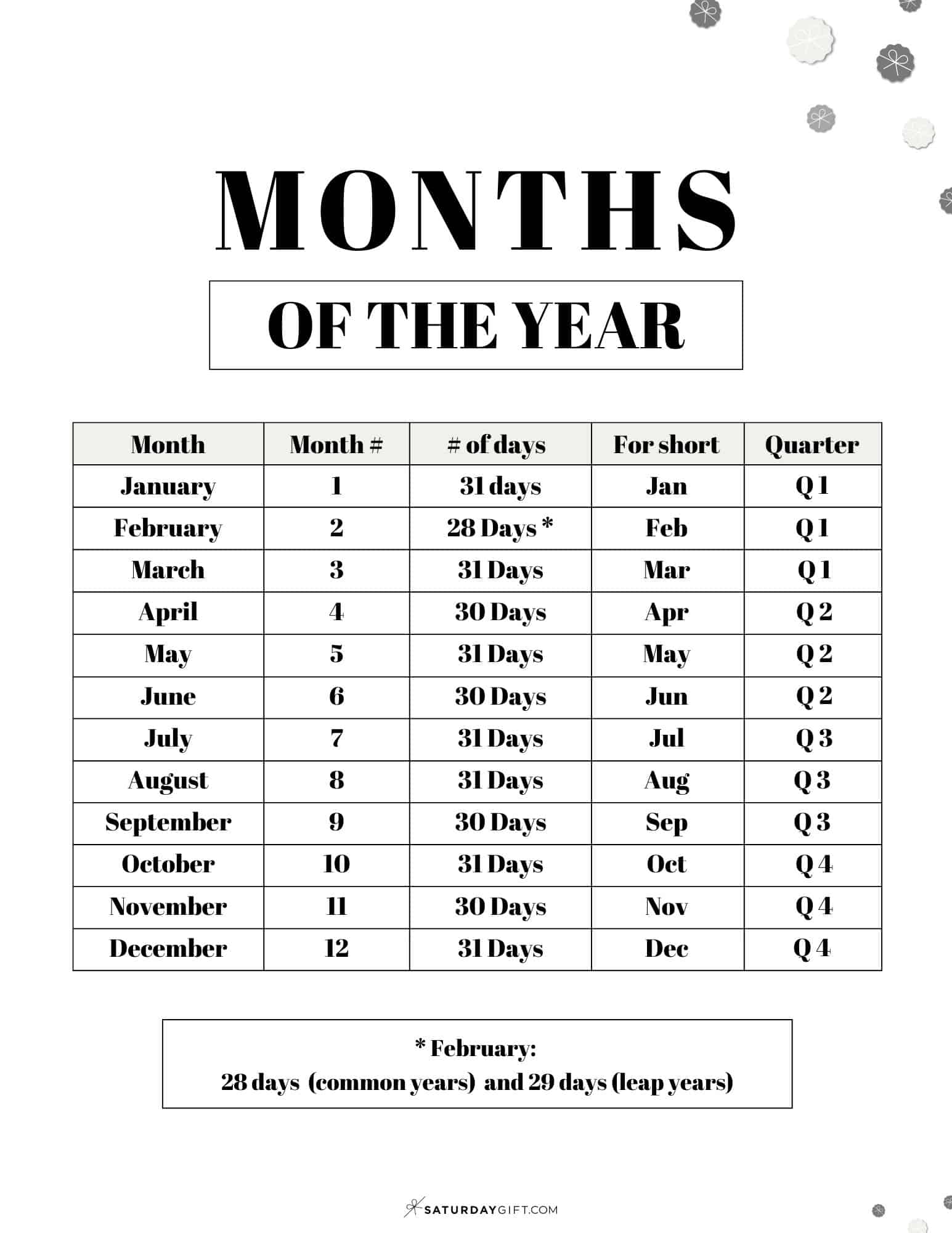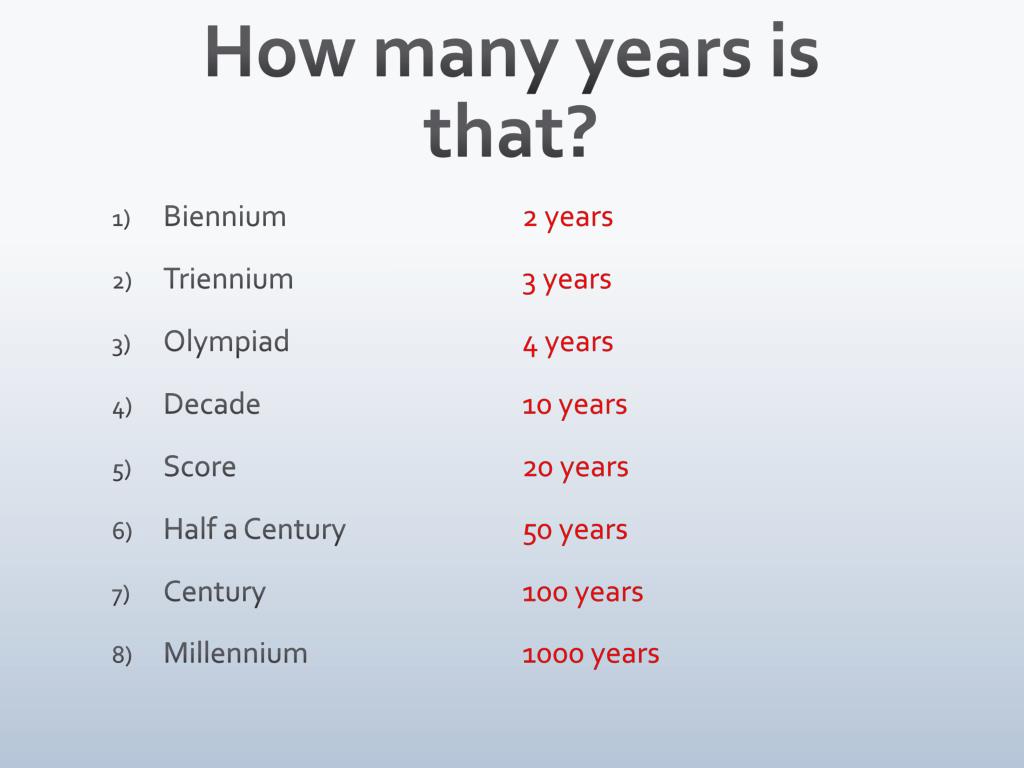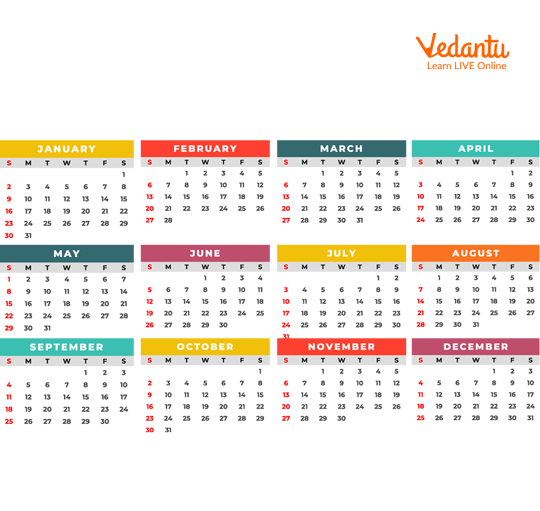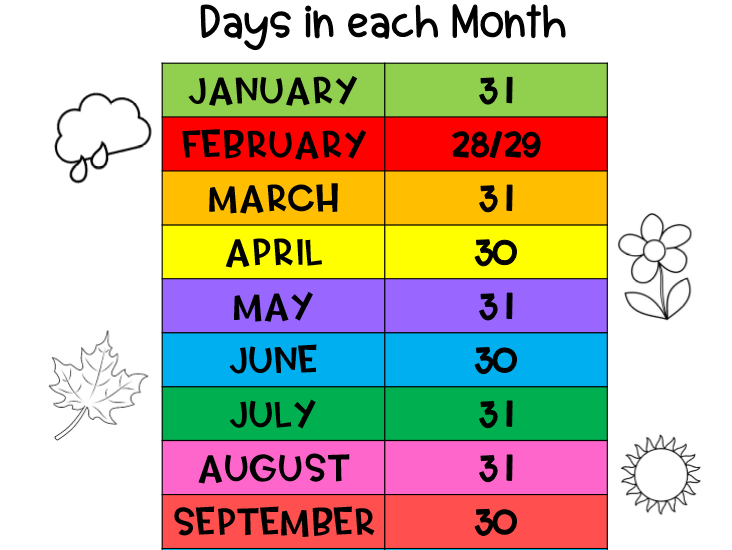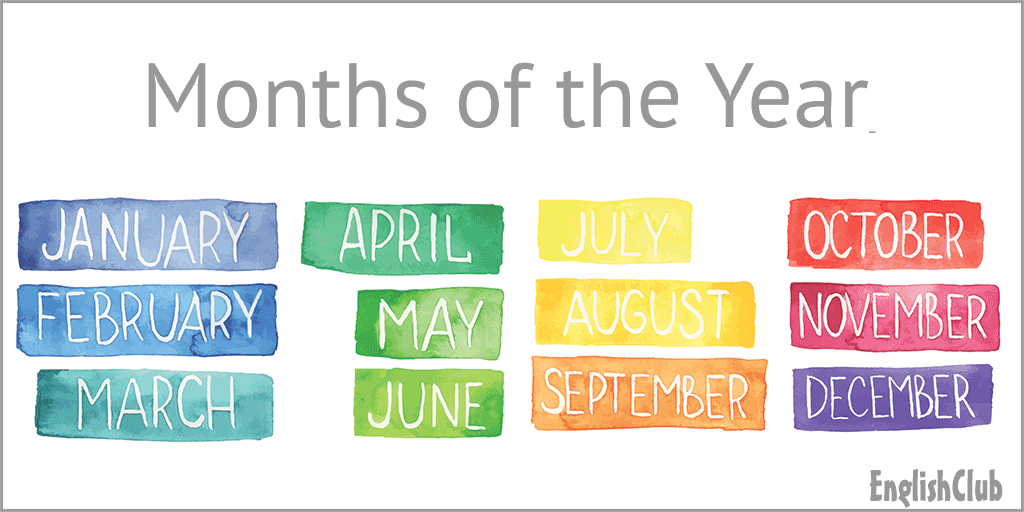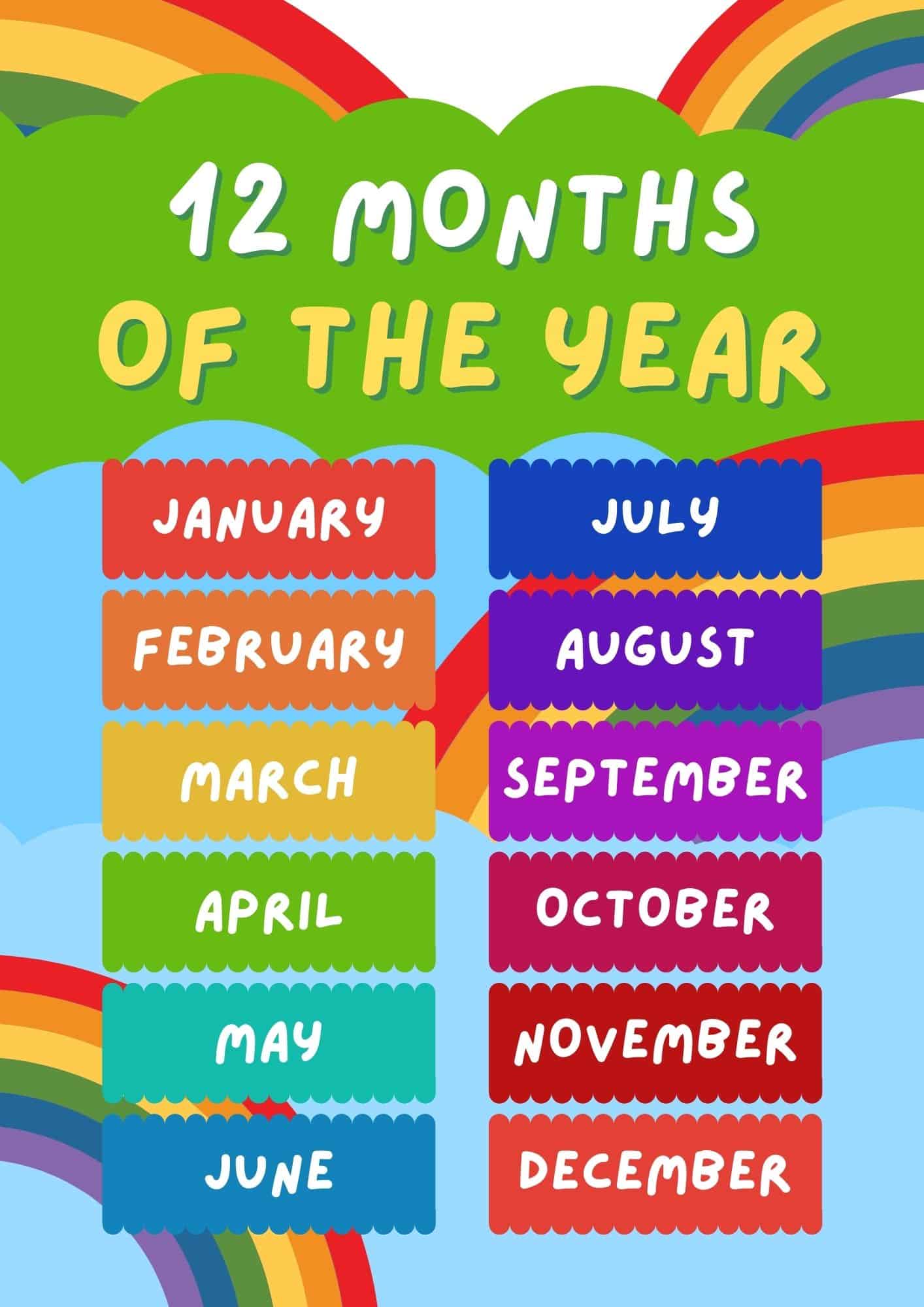How Many Years Is 115 Months

The question seems simple: how many years are in 115 months? Yet, behind this elementary arithmetic lies a surprising relevance, impacting everything from contract durations and loan repayment schedules to child development milestones and even the longevity of political terms.
A seemingly trivial calculation, understanding the conversion between months and years is more crucial than many realize.
The Core Calculation: Unveiling the Answer
At its heart, the problem involves a straightforward division. The nut graf is simple: to convert months to years, you divide the number of months by 12, the number of months in a year. Therefore, 115 months divided by 12 months/year equals 9.5833 years.
Rounding this figure, we can say that 115 months is approximately 9 years and 7 months.
Deciphering the Decimal: A Closer Look at the Remainder
The decimal portion of the result, 0.5833, represents the fraction of a year. To convert this fraction into months, we multiply it by 12. This gives us approximately 7 months (0.5833 x 12 ≈ 7).
Therefore, 115 months is precisely 9 years and 7 months.
Practical Applications: Where This Calculation Matters
The conversion of months to years isn't merely an academic exercise. It has substantial real-world applications across various sectors.
Financial Agreements and Contract Terms
Loan terms are frequently expressed in months, allowing for precise calculation of interest and repayment schedules. A car loan might be structured over 72 months (6 years), while a mortgage could span 360 months (30 years).
Understanding the equivalent in years provides a broader perspective on the financial commitment.
Lease agreements, service contracts, and subscription models also often utilize monthly billing cycles, making the ability to convert these terms into years crucial for long-term financial planning.
Child Development Milestones
Pediatricians and parents often track a child's development in months during the early years. While milestones might be assessed at 18 months or 24 months, translating this into years (1.5 years and 2 years, respectively) provides a more easily understandable timeframe for overall developmental progress.
Tracking development in this way allows for easier comparison with established norms and benchmarks.
Political Terms and Project Timelines
The terms of office for many elected officials are often defined in years, but the day-to-day workings of government necessitate tracking timelines in months. Project timelines, particularly in large infrastructure projects, are frequently managed on a monthly basis.
Converting months to years, and vice-versa, allows for a cohesive understanding of project scope and duration.
Scientific Research and Data Analysis
In fields like epidemiology and climate science, data is often collected and analyzed on a monthly basis to identify trends and patterns. To analyze longer term trends, the data is often viewed in years.
Converting between the two units is crucial for data manipulation and analysis.
Potential for Error and Standardization
While the calculation itself is simple, potential for error exists when dealing with large numbers or inconsistent applications. Standardization in how these conversions are presented across different industries and platforms can mitigate these risks.
Furthermore, it is essential to use accurate calculation rather than approximations to avoid calculation errors.
Future Trends and Technological Integration
Expect to see more sophisticated tools and platforms that automate these conversions, integrating them seamlessly into financial management software, project planning applications, and healthcare records systems.
This increased automation will not only reduce the likelihood of error but also provide users with greater insights into the time-based aspects of their lives and work.
While seemingly basic, understanding the relationship between months and years is vital for informed decision-making across various aspects of life. Whether managing finances, tracking development, or overseeing projects, the ability to convert between these units of time provides a clearer perspective and fosters better planning.
